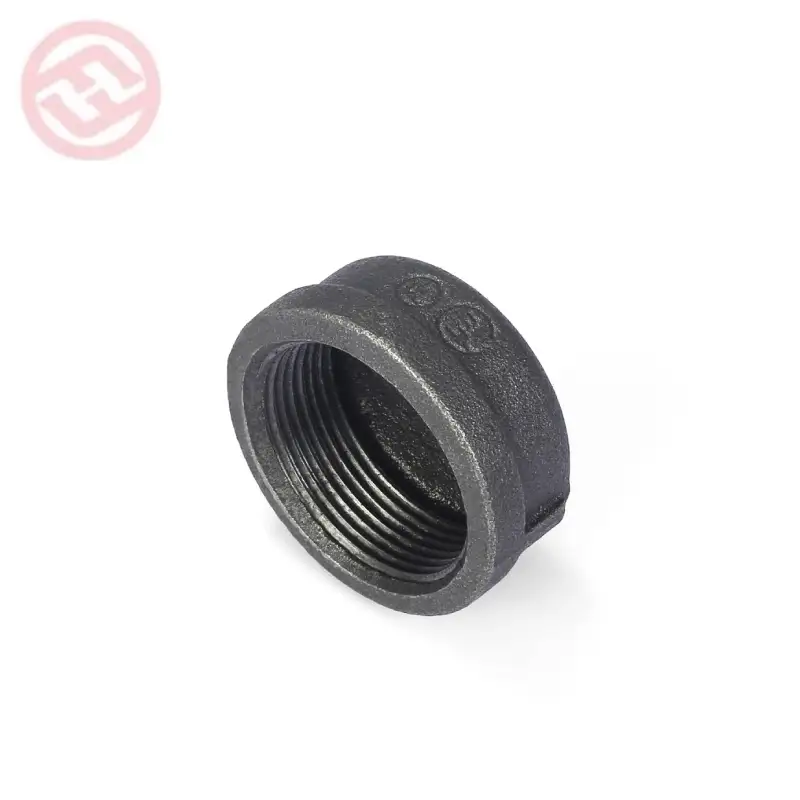The choice of material for gaskets or seals plays a significant role in sealing applications and can impact pipe nipple dimension chart dimensions in several ways. Here are key considerations:
- Compliance with Standards:
- Gasket materials must comply with industry standards and specifications. The choice of material should align with standards set by organizations such as ASTM, ASME, or other relevant authorities. This ensures that the gaskets meet dimensional requirements outlined in pipe nipple dimension charts.
- Material Compatibility:
- The selected gasket material should be compatible with the material of the pipe nipple and other system components. Incompatibility can lead to chemical reactions, corrosion, or degradation, affecting both the gasket and the pipe nipple dimensions.
- Temperature Resistance:
- Gasket materials must withstand the temperature conditions of the operating environment. High temperatures can cause certain materials to degrade or lose elasticity, potentially affecting the sealing capability and the overall dimensions of the gasket.
- Pressure Rating:
- The choice of gasket material influences the pressure rating of the seal. Different materials have varying capabilities to withstand pressure. Ensure that the selected gasket material aligns with the pressure requirements specified in the pipe nipple dimension chart.
- Chemical Resistance:
- Consider the types of fluids or gases the system will convey. Gasket materials should be resistant to the chemicals present in the system to prevent deterioration. Chemical attacks on the gasket can lead to changes in dimensions and compromise the seal.
- Elasticity and Compressibility:
- Gasket materials need to be appropriately elastic and compressible to create a reliable seal. The material’s ability to conform to irregularities in the mating surfaces contributes to effective sealing without adversely impacting pipe nipple dimensions.
- Durability and Wear Resistance:
- The durability and wear resistance of gasket materials are crucial for long-term performance. pipe nipple dimension chart A gasket that wears quickly or becomes brittle over time may lead to dimensional changes, affecting the overall integrity of the seal.
- Ease of Installation:
- The choice of gasket material can influence the ease of installation. Some materials may be more forgiving during installation, allowing for better conformity to mating surfaces without compromising dimensions.
- Corrosion Resistance:
- Gaskets should resist corrosion to maintain their structural integrity. Corrosion can lead to material loss and changes in dimensions, affecting the effectiveness of the seal and potentially impacting the pipe nipple dimensions.
- Sealing Reliability:
- The primary purpose of a gasket is to create a reliable seal. The chosen material should provide consistent and effective sealing performance under various operating conditions without causing dimensional variations in the pipe nipple.
- Environmental Conditions:
- Consider the environmental conditions, such as exposure to sunlight, ozone, or other environmental factors. Some gasket materials may degrade under specific environmental conditions, leading to changes in dimensions.
- Compliance with Regulations:
- Ensure that the selected gasket material complies with relevant regulations, especially those related to safety and environmental standards. Non-compliance may lead to legal or regulatory issues and can impact the use of the gasket in specified dimensions.
It’s important to consult the manufacturer’s recommendations and guidelines for both the pipe nipple and gasket materials. This ensures that the chosen gasket material is compatible with the pipe nipple dimensions and meets the performance requirements for a reliable and long-lasting seal. The combination of appropriate gasket material and accurate pipe nipple dimensions contributes to the overall success of sealing applications in piping systems.
